 ... 5, 7, 9, 11, 13, 15, &c. is an ascending series. ( 15, 13, 11, 9, 7, 5, 3, &c. is a descending series. The numbers which form the series are called the terms of the series. The first and last terms are the extremes, and the other terms are called... ... 5, 7, 9, 11, 13, 15, &c. is an ascending series. ( 15, 13, 11, 9, 7, 5, 3, &c. is a descending series. The numbers which form the series are called the terms of the series. The first and last terms are the extremes, and the other terms are called...  The North American Arithmetic: for advanced scholars. Part third - Page 184by Frederick Emerson - 1842 - 288 pagesFull view The North American Arithmetic: for advanced scholars. Part third - Page 184by Frederick Emerson - 1842 - 288 pagesFull view - About this book
 | Daniel Adams - Arithmetic - 1839 - 276 pages
...11, 13, 15, &c. is an ascending series. inus, J 15, 13, 11, 9, 7, 5, 3; &c. js a descending series. The numbers which form the series are called the terms of the series. The first and last terms are the extremes, and the other terms are called the means. There are five things in arithmetical progression,... | |
 | Daniel Adams - 1839 - 268 pages
...11, 13, 15, &c. is an ascending series. 'us, < 15, 13, 11, 9, 7, 5, 3, &c. is a descending series. The numbers which form the series are called the terms of the series. The first and last terms are the extremes, and the other terms are called the means. There are five things in arithmetical progression,... | |
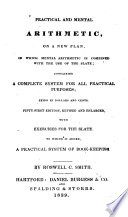 | Roswell Chamberlain Smith - 1839 - 308 pages
...arithmetical series, because it is formed by a continual subtraction of the com mon difference, 2. The numbers which form the series are called the terms of the series or progression. The first and last terms are called the extremes, and the other te-ros the means. In... | |
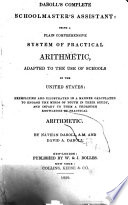 | Nathan Daboll - 1839 - 220 pages
...series. ™, t 2, 4, 6, 8, 10, is an ascending series. inus, ^ 1Q, g, 6, ^ 2, is a descending series. The numbers which form the series are called the terms of the series, or progression ; the first and last terms o£ which are called the extremes. A series in progression... | |
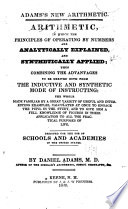 | Daniel Adams - Arithmetic - 1840 - 278 pages
...9, 11, 13, 15, &c. is an 'weendtn'7 series. '\ 15, 13, 11, 9, 7, 5, 3, &c. is a descending series. The numbers which form the series are called the terms of the series. The first and last terms are the extremes, and the other terms are called the means. There are five things in arithmetical progression,... | |
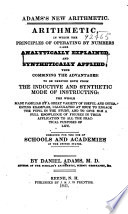 | Daniel Adams - Arithmetic - 1841 - 282 pages
...form a descending series. rp, ( 3, 5, 7, 9, 11, 13, 15, &c. is an ascending series. ..us, 15 < series, The numbers which form the series are called the terms of the series. The first and last terms are the extremes, and the other terms are called the means. There are five things in arithmetical progression,... | |
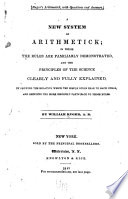 | William Ruger - Arithmetic - 1841 - 268 pages
...4, 6, 8, 10, 12, &c. is an ascending series. i nus, ^ 1,^ JQ, gg^ ^ 2; &c. is a descending series. The numbers which form the series are called the TERMS of the progression. THE FIRST and LAST terms are the EXTREMES, and the other terms are called the MEANS. •... | |
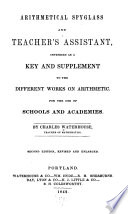 | Charles Waterhouse - Arithmetic - 1842 - 180 pages
...9, form an ascending series, because they continually increase by 1 ; but 9, 8, 7, 6, 5, 4, 3, 2, 1, form a descending series, because they continually...increased or diminished, is called the common difference. PRINCIPLES ASSUMED. 1. When four numbers form a progressional series, the sum of the two extremes is... | |
 | Almon Ticknor - Arithmetic - 1846 - 274 pages
...32, 16, 8, 4, 2, 1, is a descending geometrical serins. fttra Cll'l i ARITHMETICAL PROGRESSION. 213 The numbers which form the series are called the terms of the progression. The first and last terms of a progression are called the extremes, and the other terms... | |
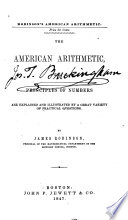 | James Robinson (of Boston.) - 1847 - 304 pages
...form a descending series ; thus, 12, 10, 8, 6, 4, 2, is a descending series. The numbers which compose the series are called the terms of the series. The first and last terms are called the extremes, and the other terms, the means. It is plain that any required term of a series... | |
| |